At present, modern business is surrounded by a high level of concern that necessitates a quick and smooth running, and the struggle for being competitive. Digital business process management (BPM) has become an indispensable tool that companies consider a solution for process optimization and a way to become more agile in the process of fast transformation of business, society and economy.
What is Digital Business Process Management (BPM)?
Digital BPM is the digital overlay of both managing and refining business processes. It is all about the use of software tools, automation as well data analytics so as to design as well maintain business processes. In the digital BPM, a company can obtain the necessary efficiency, flexibility, and reactivity of the operations.
Consumers started to demand a quicker, more personalized experience that your competitors also started to use new technologies in order to succeed on the market. BPM is the most important tool for organizations that need to face up to various kinds of opponents, seeking a structured way to process improvement and its optimization.
With an implementation of Digital BPM, organizations can improve the processes, increase efficiency, and decrease the costs, resulting in having happy customers. Within this blog, we’ll go through a deep-dive into Digital BPM, explaining its features, and why to use a BPM Software.
Why Use Digital BPM in 2024?
Digital Business Process Management (BPM) is a flexible solution that has uses in a variety of industries and situations. Let’s discuss some cases where BPM can be effectively utilized:
HR and Employee Onboarding: Through BPM, the onboarding of a new employee can be made easier and the whole process of the onboarding can be automated and quick, thus, there will be no vital steps that will be missed and the new hire will be able to transition smoothly.
Compliance and Auditing: To generate automated audit Trails and build any financial compliance model, you can utilize digital BPM. Organizations can even build ideal compliance and auditing in minutes with highly advanced tools.
Customer Service Operations: BPM can be used to make customer interactions smoother, automate tasks, and create a unified platform for data handling, which in turn, improves customer satisfaction and operational efficiency.
Lease Management: BPM can be the main instrument for leasing asset management, making it possible to manage the store leases and agreements on a centralized platform that will be efficient.
Claims Management: Through BPM, insurance companies can automate the tasks, manage the claims processing and give the instant information, thus, the efficiency and customer service will be increased.
Marketing Request Management: BPM can be useful in handling marketing requests, setting common creative processes, and increasing the collaboration, which will result in the campaign being delivered on time and in an effective manner.
Healthcare Operations: BPM is the tool that can be used to automate healthcare operations. It can make the patient care processes more efficient, increase health outcomes, and improve the financial performance by reducing the number of people and tasks that are involved in the process and making sure that the care that is given is of high quality.
You’ve seen that Digital BPM can be used in different ways - to increase the operational efficiency, customer experience and business growth in diverse industries and scenarios.
Key Components of Digital BPM
Digital BPM comprises several key components that work together to optimize business processes:
- Process Modeling and Design Tools: These tools help visualize and design processes, defining steps, roles, and responsibilities within the workflow.
- Workflow Automation: Automation of tasks and processes to reduce manual intervention, improve speed, and ensure consistency.
- Business Rules Engines: Implementing rules and logic within processes to guide decision-making and ensure compliance.
- Process Monitoring and Analytics: Real-time monitoring of processes to track performance, identify bottlenecks, and make data-driven decisions for continuous improvement.
- Integration with Business Systems: Seamless integration with other business applications and systems to ensure data flow and interoperability.
Benefits of Implementing Digital BPM in Your Business
Implementing Digital BPM brings a range of benefits to organizations, enhancing their operations and competitiveness. Implementing Digital BPM brings a range of benefits to organizations, enhancing their operations and competitiveness:
Cost Efficiency: Digital BPM techniques help to facilitate the flow of work; implement tasks on the go, and create a collaborative atmosphere, ultimately ensuring cost effectiveness that results in more savings with higher returns.
Customer Focus: Using updated procedures, and automation, firms will be able to propose the best experience of the customers, give a personal touch through interactions and hence, create even stronger bonds with them.
Staff Satisfaction: Through digitizing the repetitive tasks and documentation of the processes, Digital BPM makes the life of staff more cheerful because managers can stay away from micromanagement or the staff can focus on value-added tasks.
Efficiency and Productivity: Digital BPM contributes to process efficiency, productivity and decision making by automating the workflows, monitoring the performance and identifying situations where progress is not adequate.
Single Digital Environment: Implementing BPM tools geared toward the automation process will provide a single access point for data management and linking to core applications, leading to aligned operations among the workforce and reduced manual errors rate.
Features and Capabilities of Leading Digital BPM Tools
Advanced BPM tools offer a range of features and capabilities that enable organizations to optimize their processes very efficiently. Some of the key features of these tools include:
- Intuitive process modeling and design interfaces
- Powerful workflow automation and orchestration capabilities
- Advanced business rules engines for complex decision making
- Real-time process monitoring and analytics
- Seamless integration with other business systems and applications
- Scalability and flexibility to handle growing business needs
- User-friendly interfaces and easy-to-use tools for non-technical users
What are the Future Trends in Digital BPM That Can Be Seen
As technology continues to evolve, the field of Digital BPM is also undergoing significant changes. Some of the emerging technologies that are shaping the future of BPM include:
- Artificial Intelligence (AI) and Machine Learning (ML) for process optimization and predictive analytics
- Internet of Things (IoT) for real-time process monitoring and optimization
- Blockchain for secure and transparent process tracking and auditing
- Low-code/no-code platforms for rapid process development and deployment
Conclusion
In view of the fact that digital Business Process Management (BPM) is a very useful thing for those that want to boost the processes of their organization and be competitive in the era of globalization.
Businesses have started realizing the benefits of digital BPM and procedures designed around process improvement which results in the three main building blocks that are efficiency, flexibility and customer satisfaction.
Within such a fast-changing and dynamic space Digital BPM field is, it is very significant for organizations to keep up with the latest trends and tools available in the market.
Want to stay ahead in your industry? Talk to us today and let our experts help you get the best solution for your organization.



.png)
.svg)
.webp)

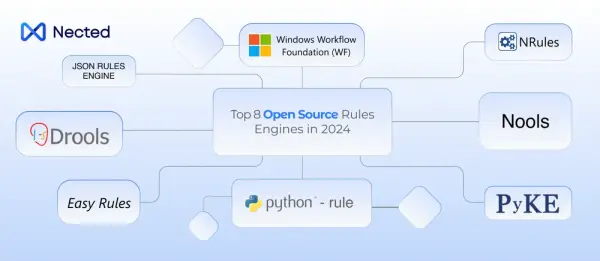




.svg)


.png)

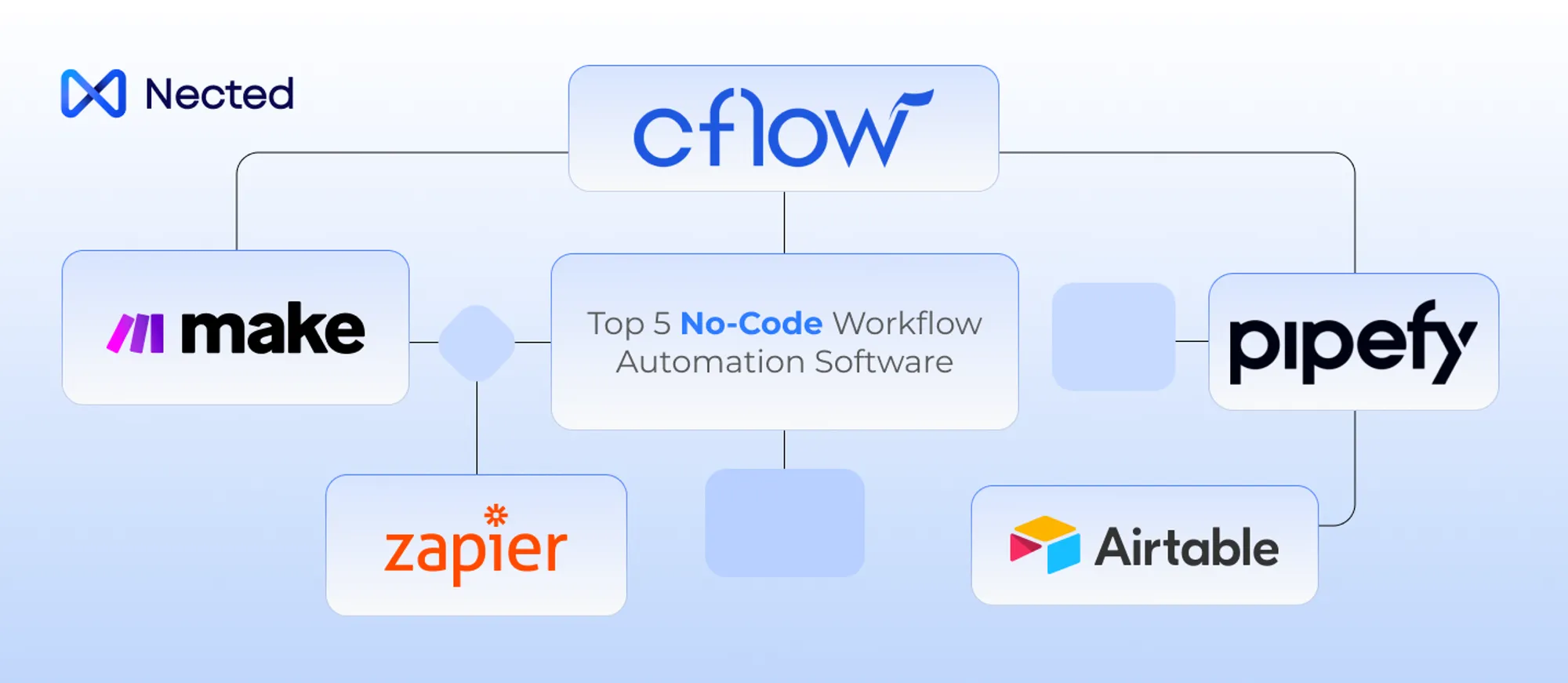
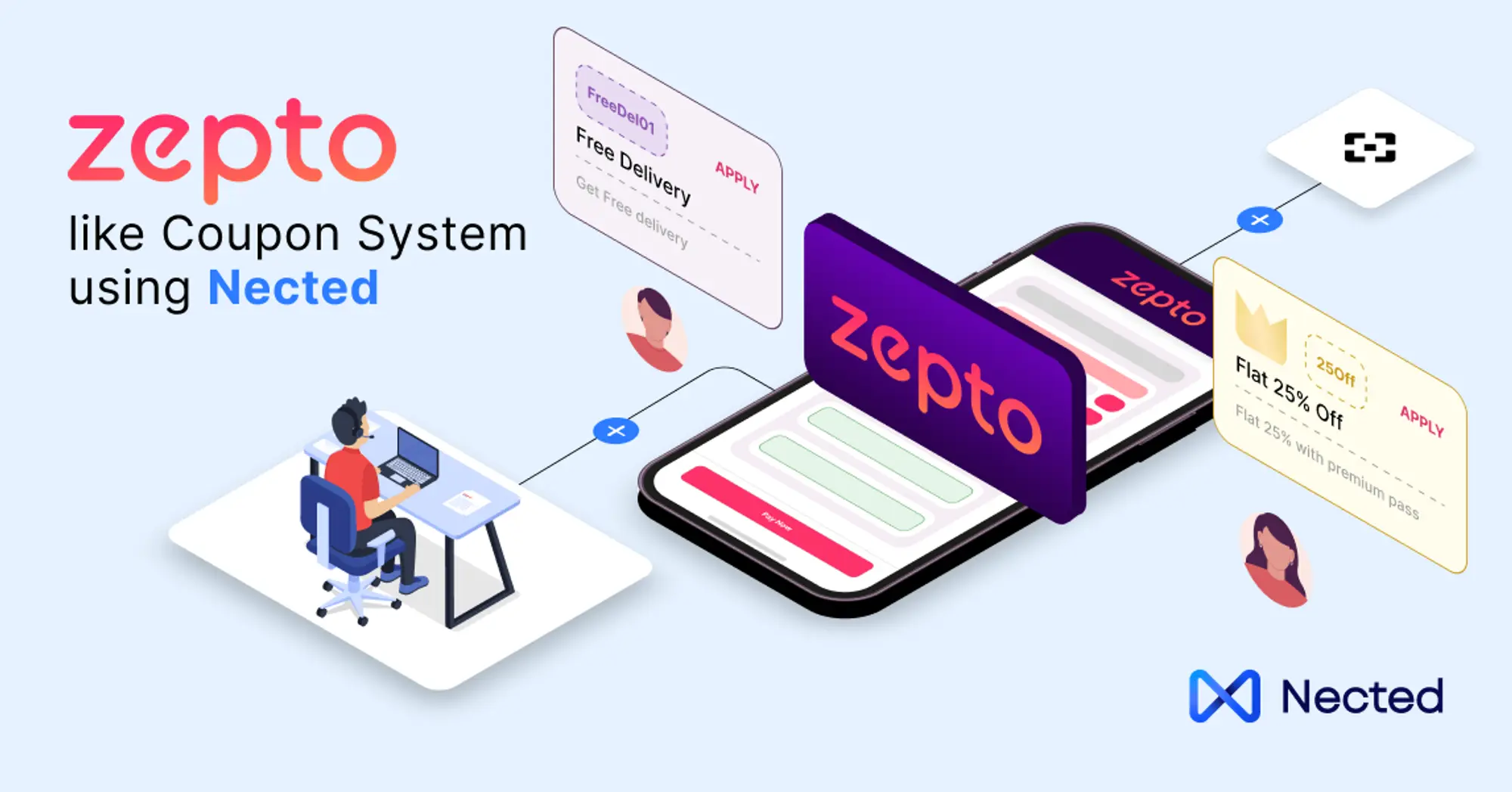
.webp)
.webp)

.webp)


.svg)
_result.webp)




.webp)
.svg.webp)


.png)

_result.webp)
.webp)
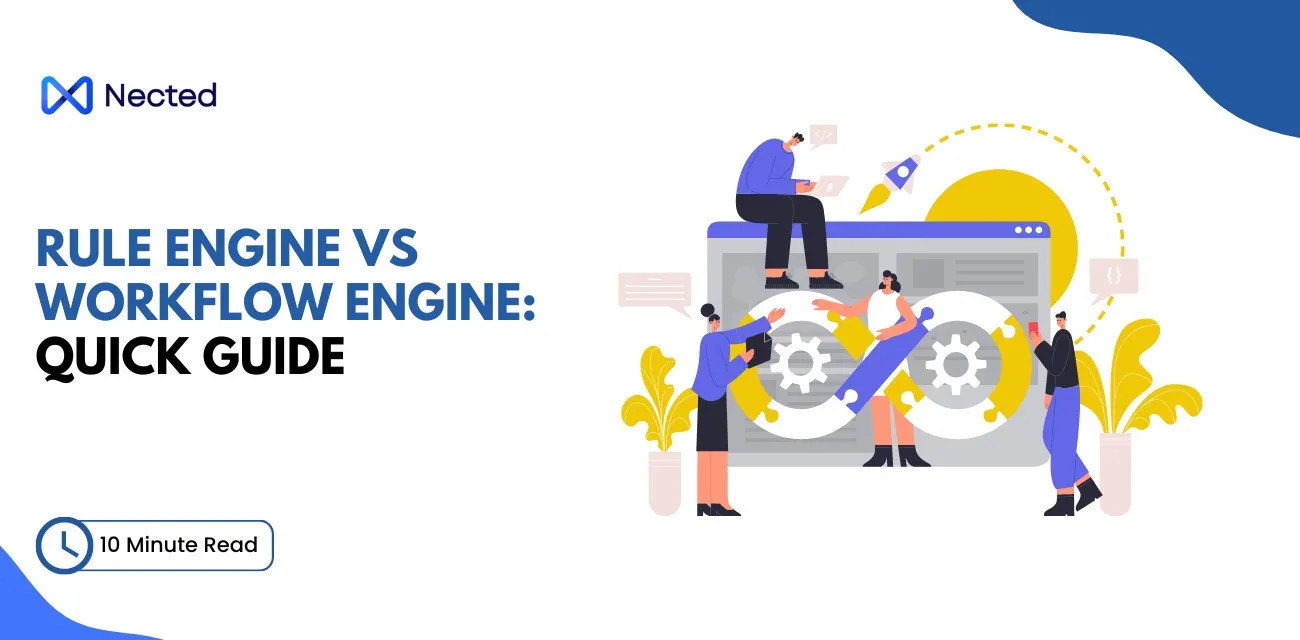
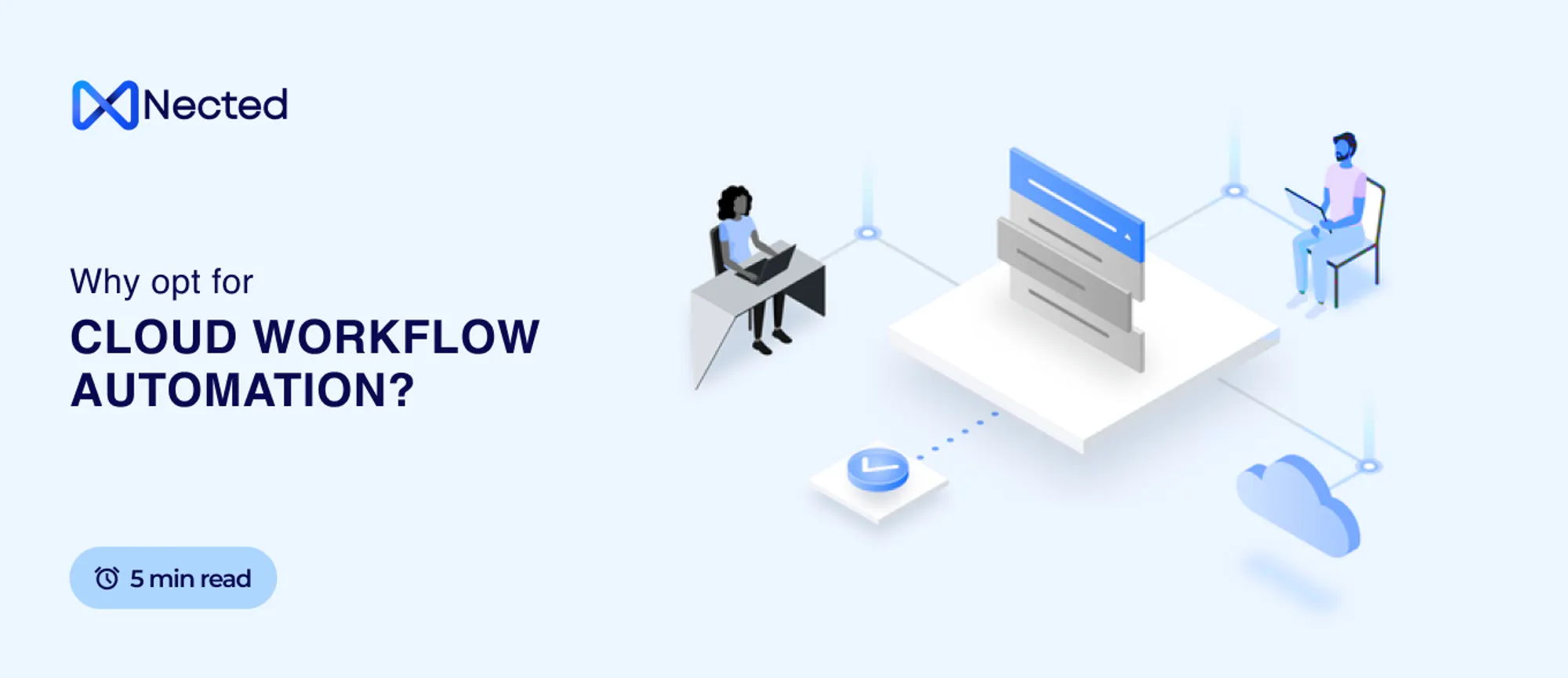
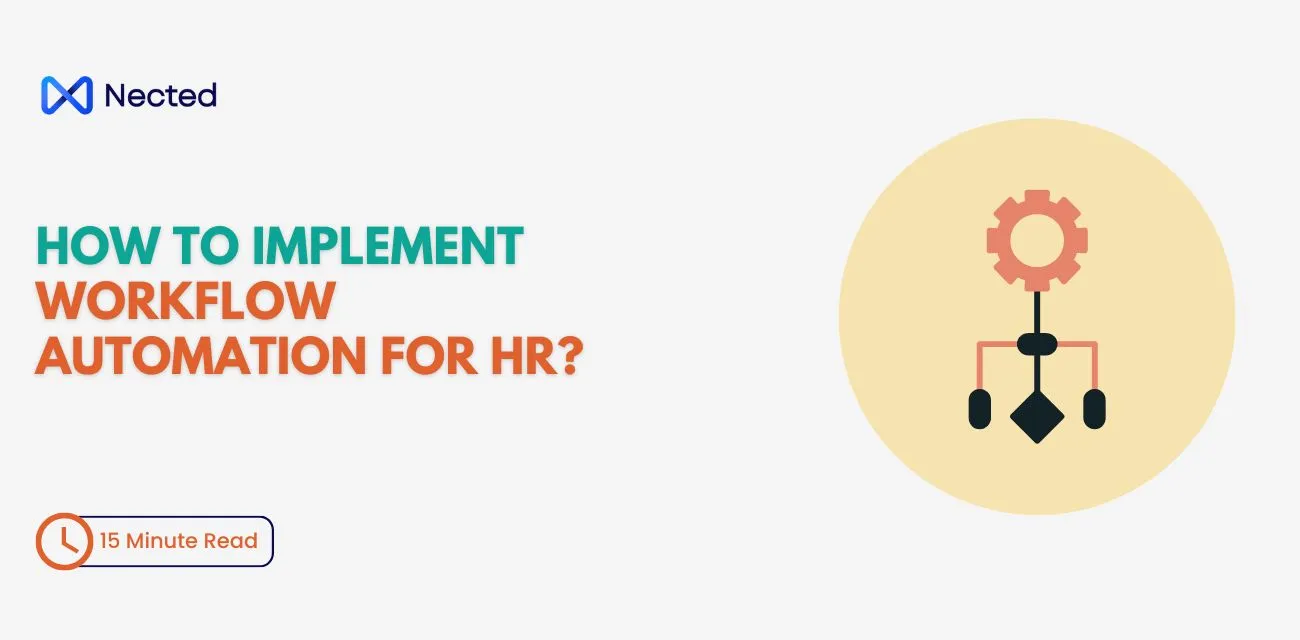
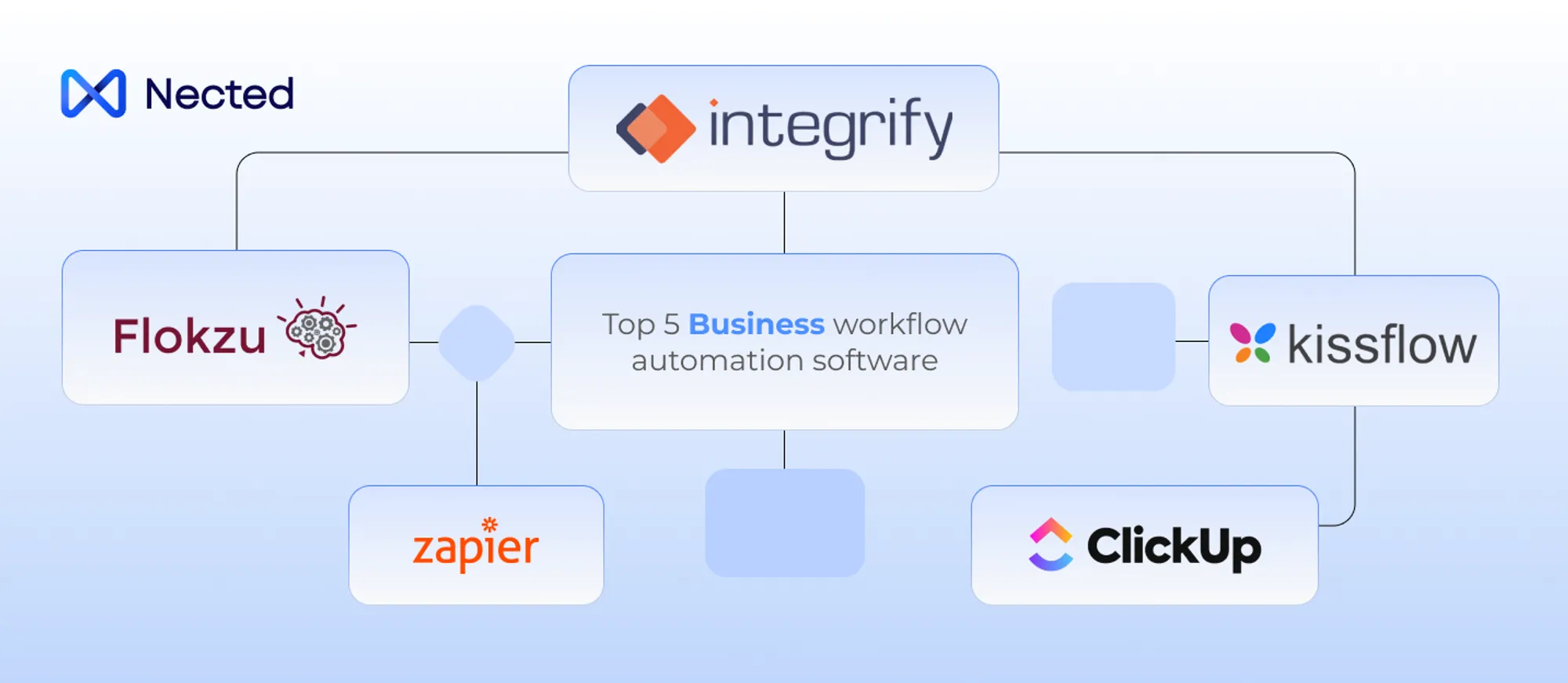
.webp)


%20m.webp)
.webp)
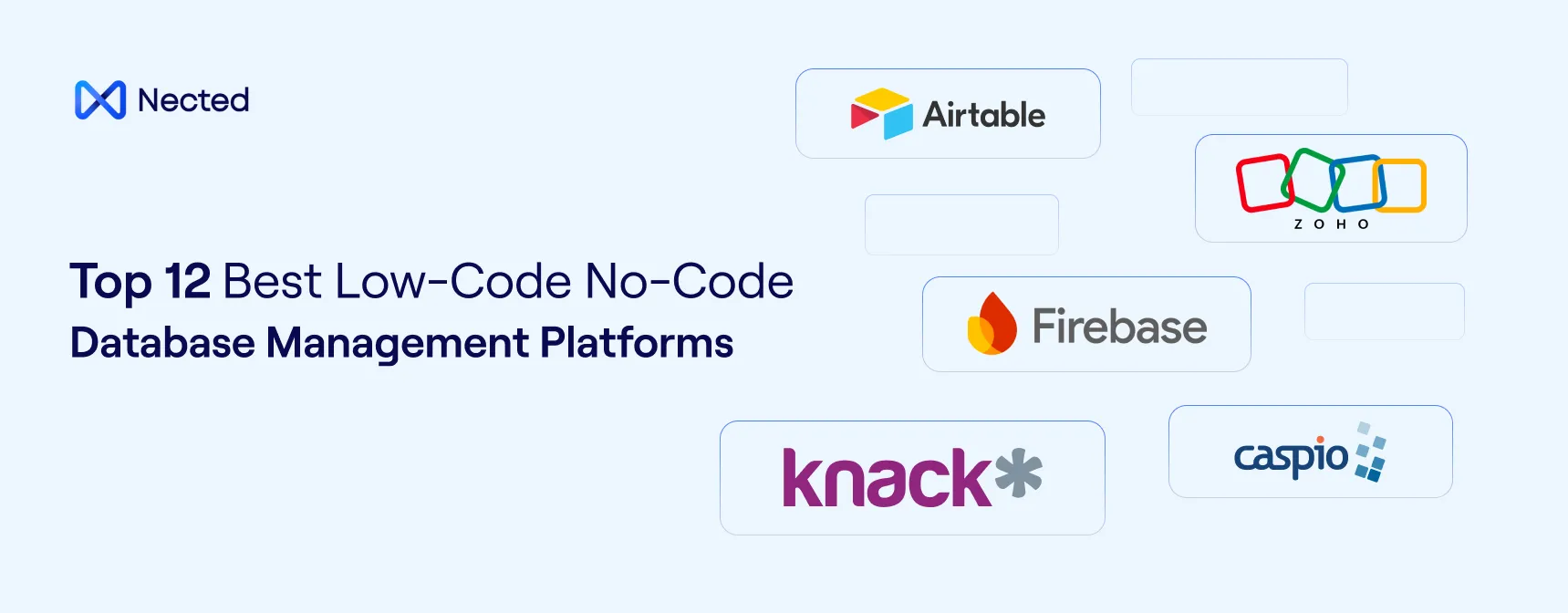

.webp)
.webp)






%20(1).webp)
